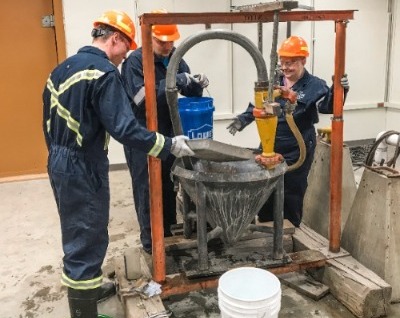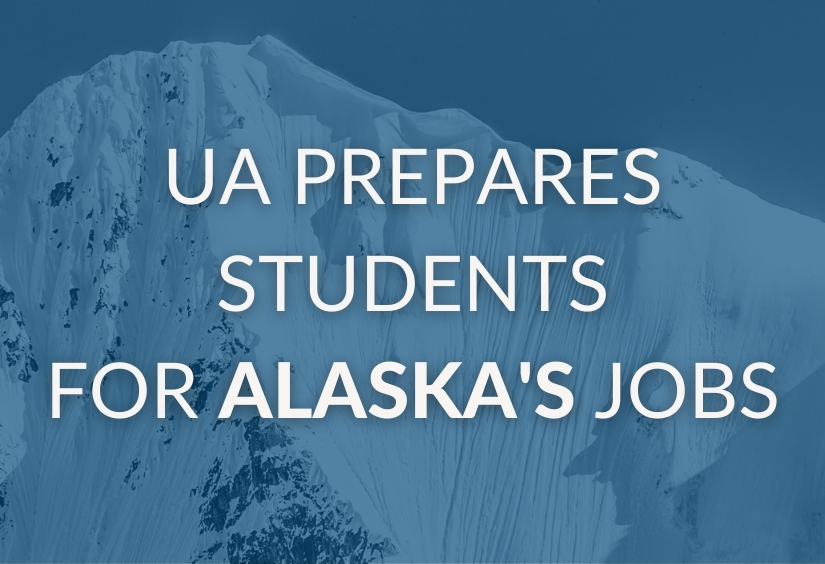2025 Reports
UA’s Impact on Alaska’s Workforce: An In-Depth Analysis of 11 Key Industries
The University of Alaska plays a critical role in developing the skilled workforce that powers Alaska’s economy. These reports provide a data-driven look at the state’s largest and fastest-growing occupations requiring postsecondary education, offering a decade of employment insights — from 2013 to 2023. They highlight where UA graduates work, their average wages, the industries they support, and the university’s contribution to strengthening the Alaska hire rate.
Education pays — people working jobs in Alaska that require a high school degree earn an average of $49,525 annually, which jumps to $71,709 for jobs that require associate degrees, $91,735 for those that require bachelor degrees, and $108,113 for jobs in Alaska that require graduate or professional degrees.
- Dan Robinson, Research Chief, Alaska Department of Labor and Workforce Development
UA’s programs are designed to meet the demands of Alaska’s evolving economy, offering pathways from short-term occupational endorsements and certificates to associate, bachelor’s, and graduate degrees. Each workforce report maps out UA programs directly aligned with key occupations in Alaska’s most critical industries, making it easier for students to connect their ambitions with high-demand careers.
These reports aren’t just informative — they’re actionable. Educators and higher education leaders use them to align curriculum with workforce needs. Policymakers reference them to shape economic and education policy. Industry leaders rely on them to identify and cultivate talent pipelines. Whether you’re planning for the future, making funding decisions, or forging stronger industry-education partnerships, these reports provide the insights you need to drive Alaska’s workforce forward.
Click the images below to explore the 2025 reports and see how UA is fueling the state’s economic future













